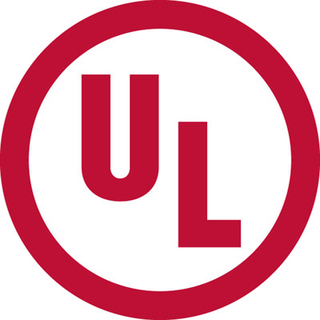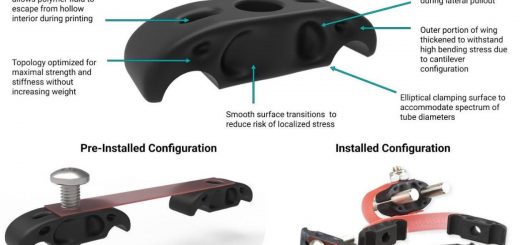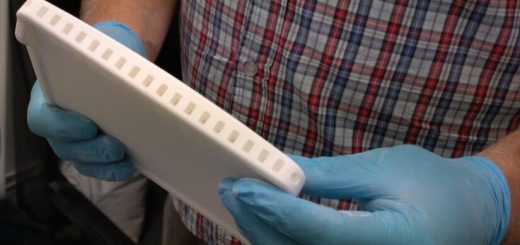UL Certifies First Additive Manufacturing Facility to UL 3400
UL, a leading global safety science company, announced today that Lockheed Martin is the first organization to be certified to UL 3400, a set of safety guidelines that address the various hazards associated with additive manufacturing facilities. The certification was issued to Lockheed Martin’s Additive Design and Manufacturing Center in Sunnyvale, Calif. where the company focuses on technology that supports its military, commercial and civil space portfolio.

Additive manufacturing—the industrial version of 3D printing—has experienced substantial growth in recent years, particularly with metals and alloys that can be 3D printed from powder. This growth is accompanied with new safety risks specific to the material, equipment and overall operation of the facility. UL published UL 3400, Outline of Investigation for Additive Manufacturing Facility Safety Management, last year and it is recognized as the additive manufacturing industry’s first set of guidelines focused on facility safety.
“Employers, employees, local regulators as well as insurance companies who have to underwrite additive manufacturing facilities, were not fully aware of the inherent material and technology risks,” said Balu V. Nair, UL’s additive manufacturing lead development engineer, who played a key role in the development of UL 3400. “Safety is designed rather than built. Not a single standard or statutory guideline was available that specifically focused on additive manufacturing. Other standards and guidelines were developed for conventional manufacturing processes. We decided to address this industry need by developing a set of guidelines with exclusive focus on additive manufacturing.”
UL 3400 takes into consideration the three layers of safety: material, equipment and the facility as a whole. The guideline references applicable standards from the Occupational Safety and Health Administration, the National Fire Protection Association, UL and ASTM International among others. The guideline was created with the global market in mind and covers the potential hazards and risk mitigation measures required for the safe functioning of the facility.
Lockheed Martin’s ADMC is a 6,775-square-foot 3D printing research center that is unique among the company’s additive facilities. Focused on space applications, its charter is to bridge the gap between materials research and the manufacturing floor so engineers can design and produce superior satellite parts faster and at lower cost.
“Lockheed Martin built the first 3D printed parts bound for deep space on the Juno spacecraft, and we’ve been at the forefront of additive manufacturing ever since. This facility builds on our 60 years of Silicon Valley research and decades of satellite manufacturing expertise, so we can launch lighter, more affordable products faster,” said Thomas Malko, vice president of Engineering & Technology at Lockheed Martin Space. “Lockheed Martin’s ultimate goal is to build satellites in half the time and cost, and this facility will accelerate that capability for our customers. Now with UL certification, we can move forward with confidence, both within the company and with our customers, showing we are paving the way for the factory of the future.”
Through its Additive Manufacturing Facility Safety Management program, UL helps organizations identify and manage the inherent risks with additive manufacturing, from the facility design and installation to on-going operation and maintenance. To learn more about our work in Additive Manufacturing, visit UL.com/am or contact us at AdditiveManufacturing@ul.com.
“The introduction of new advanced manufacturing technologies has the potential to transform modern industrial production,” said Melissa Albrecht, an additive manufacturing global program manager at UL. “We are eager to continue UL’s mission of advancing safety and quality through the next industrial revolution.”
Source:UL




Recent Comments